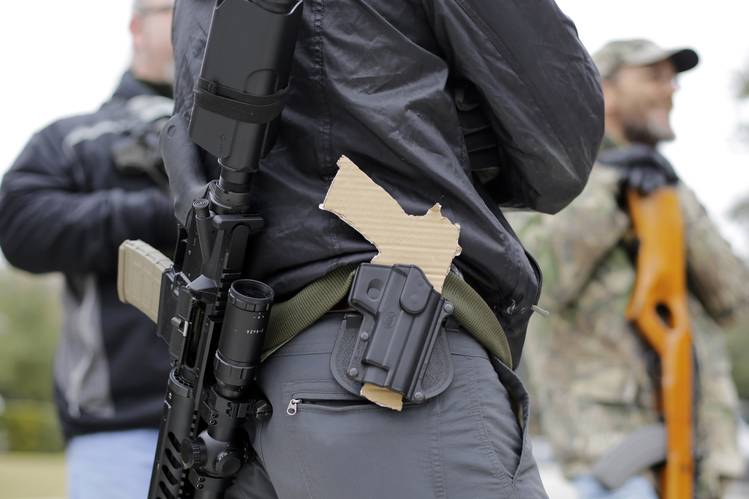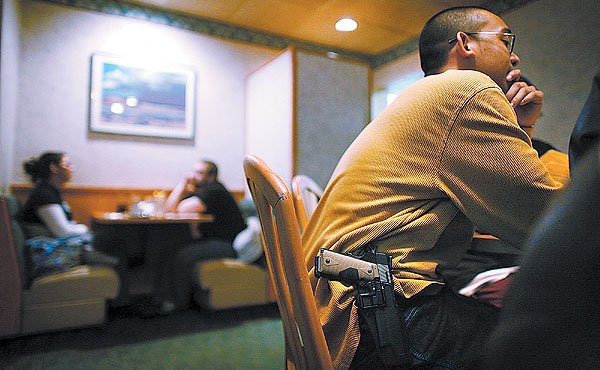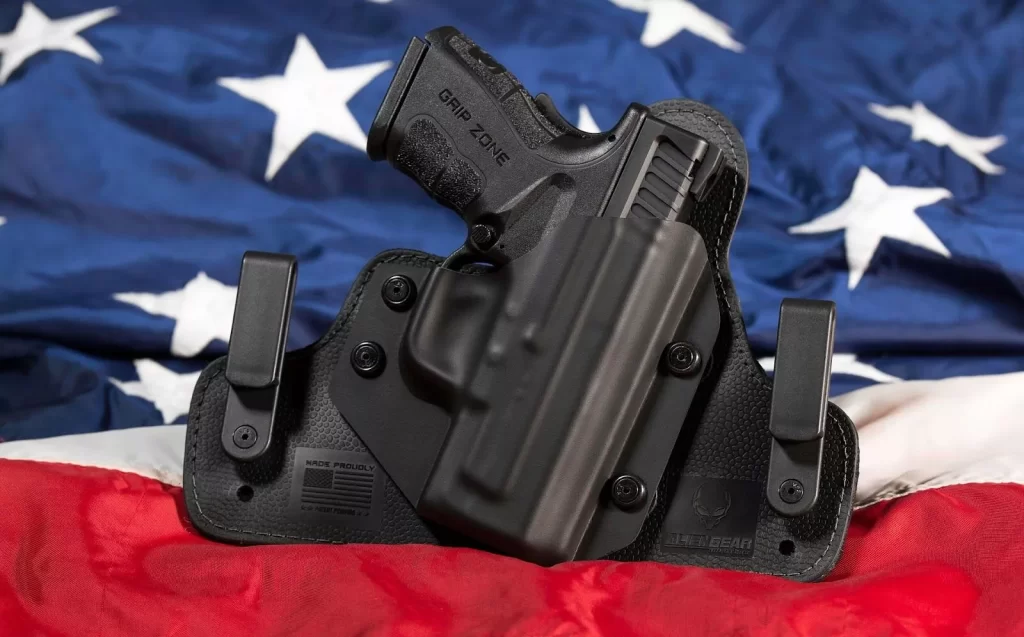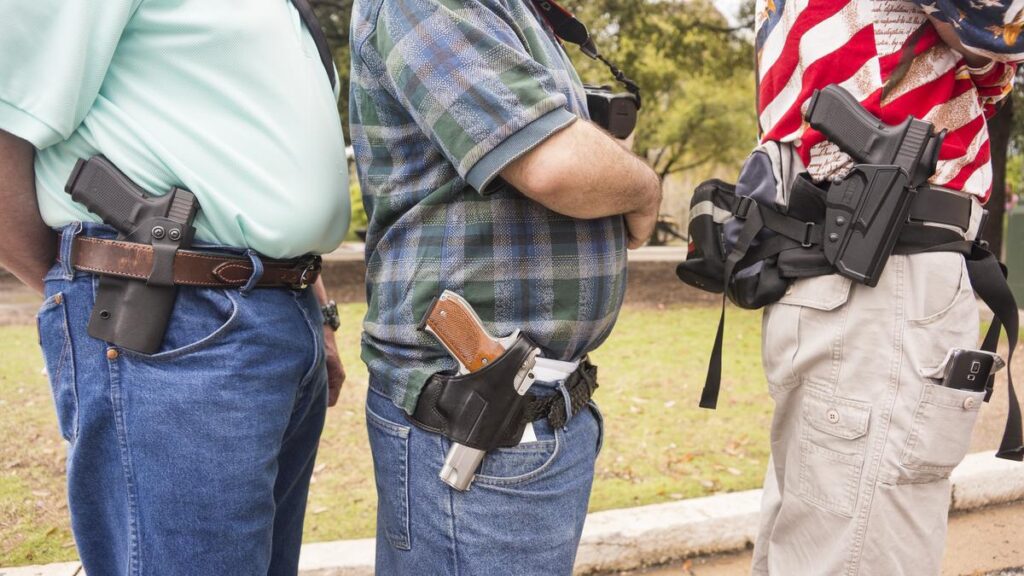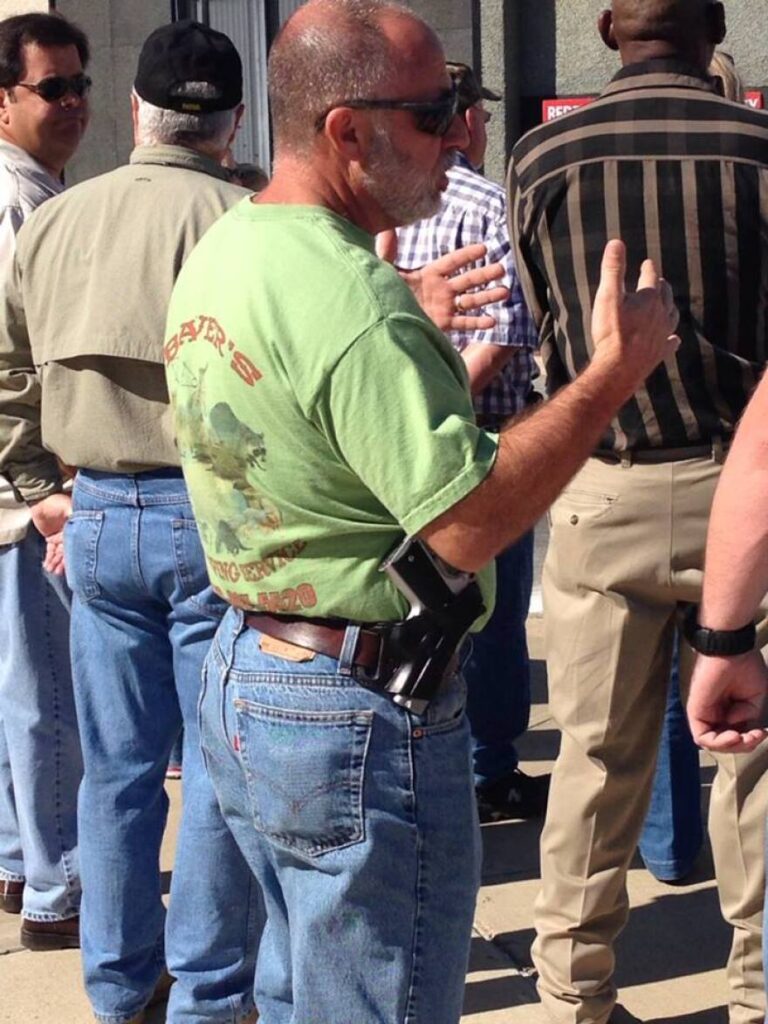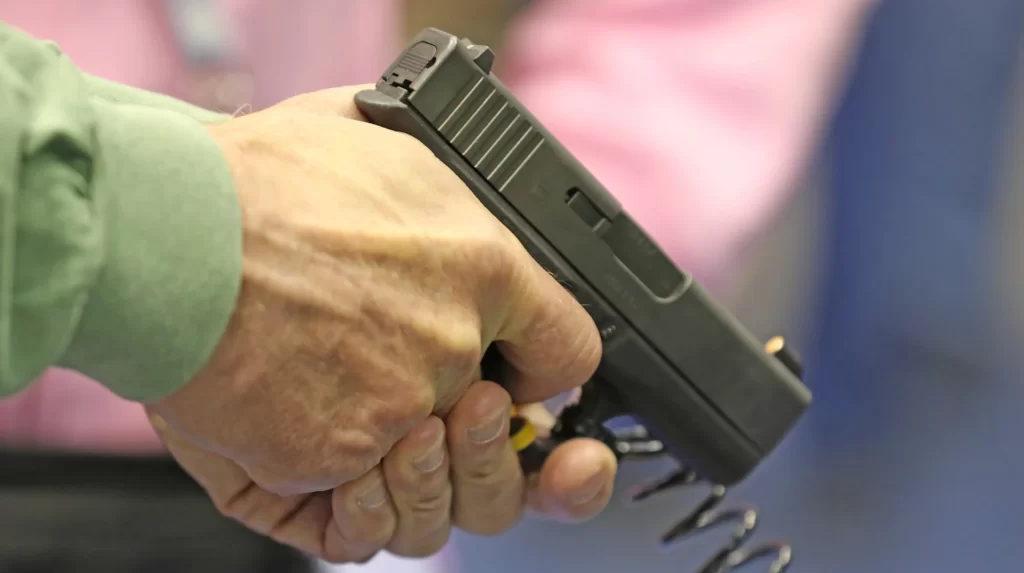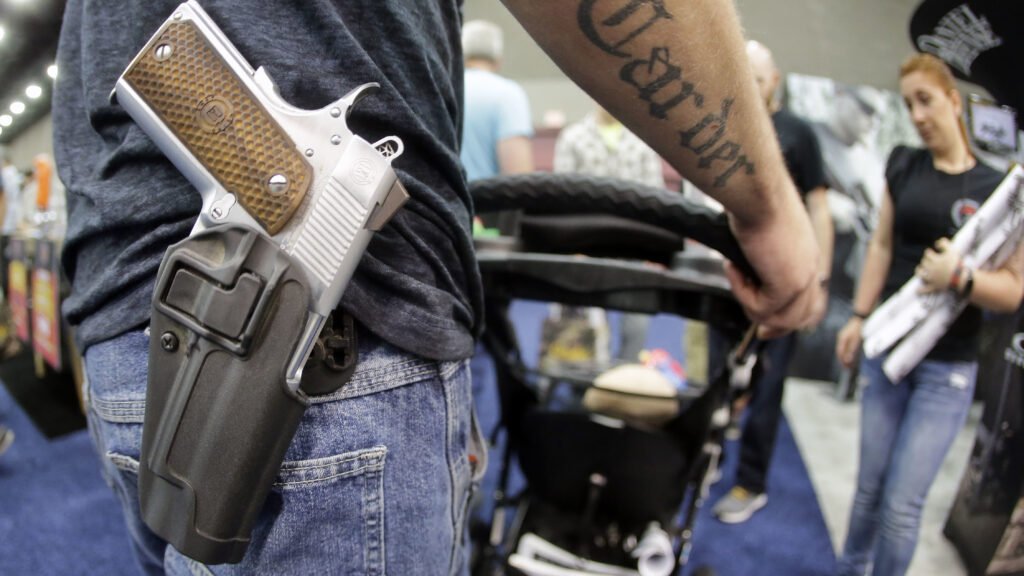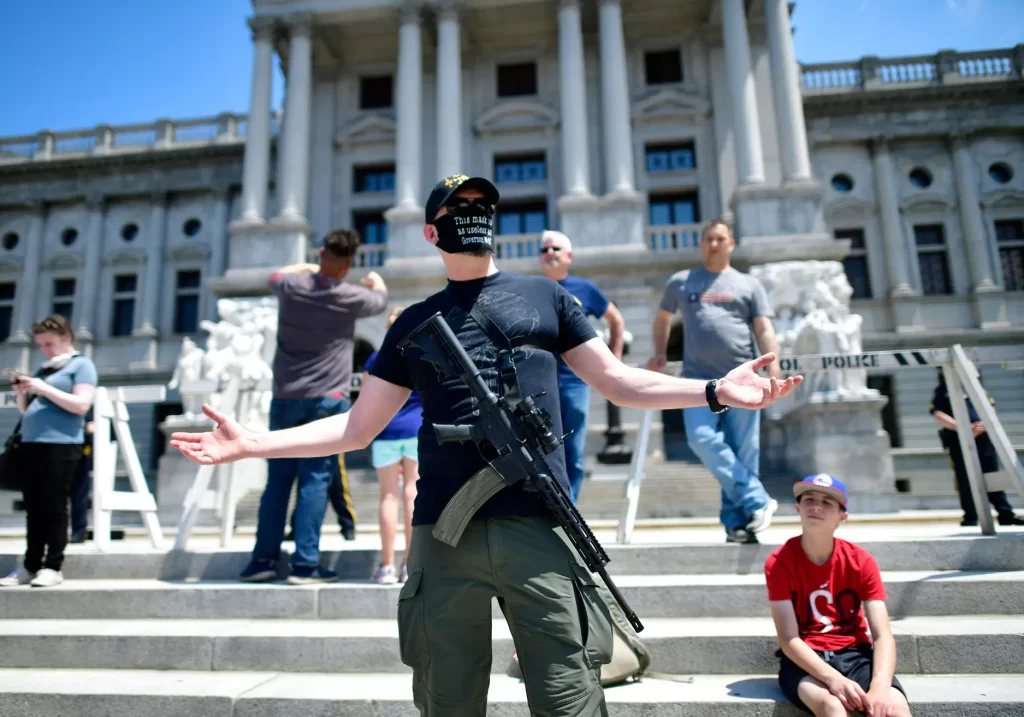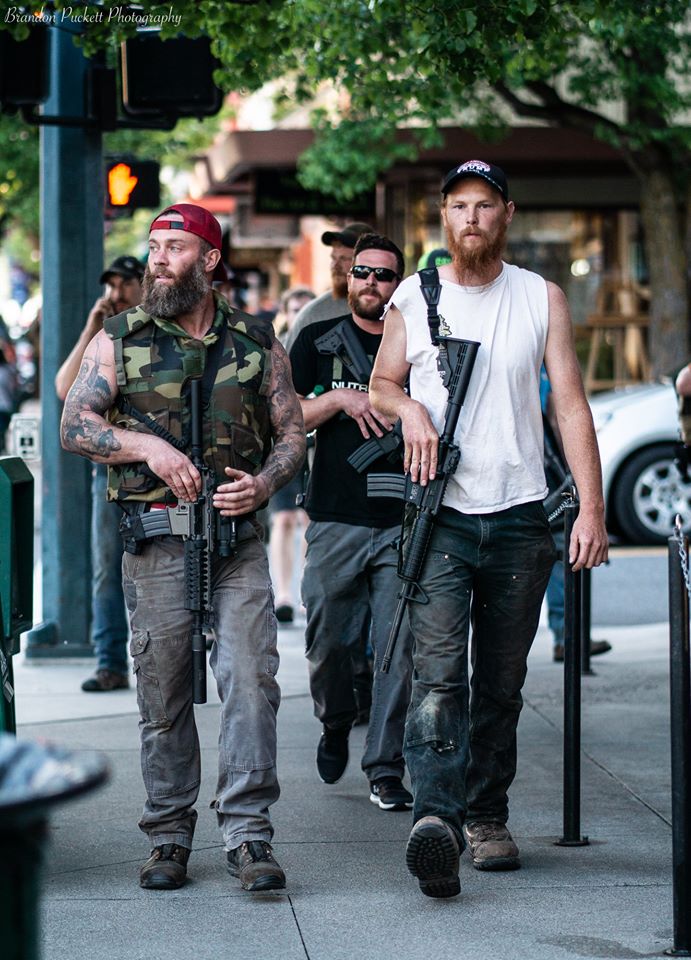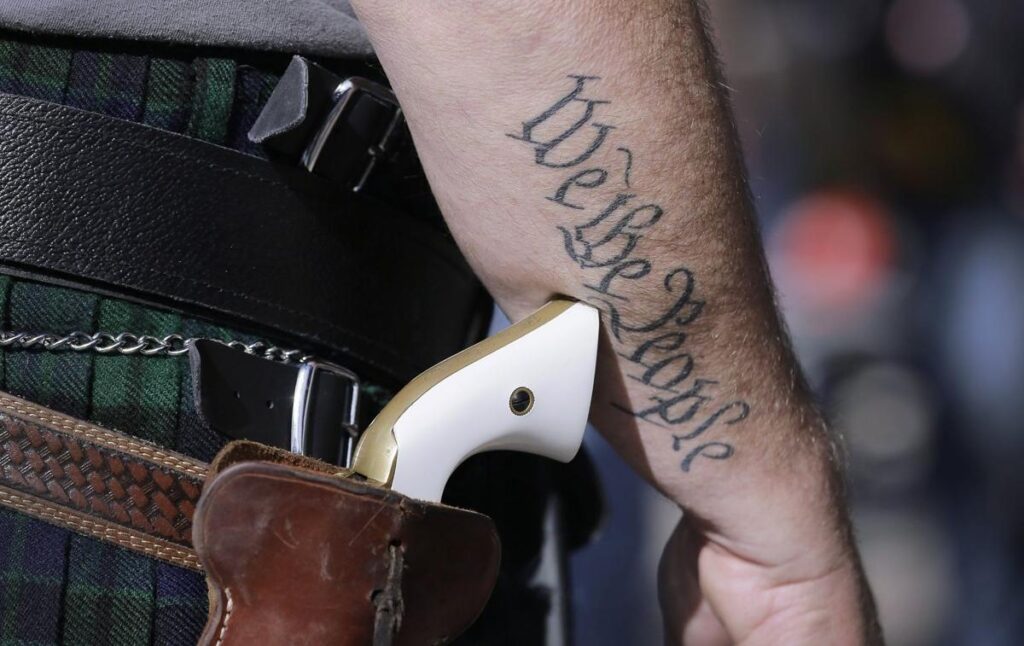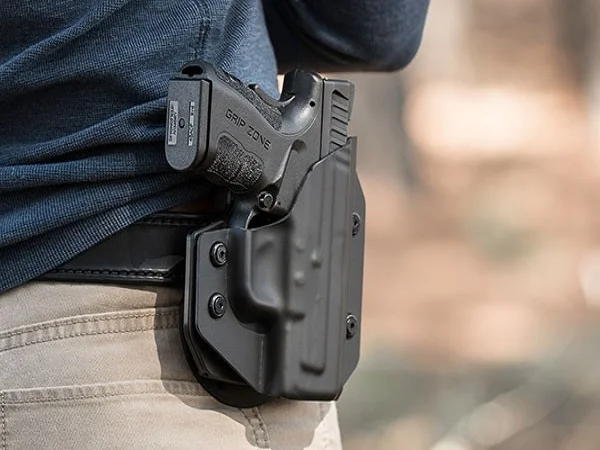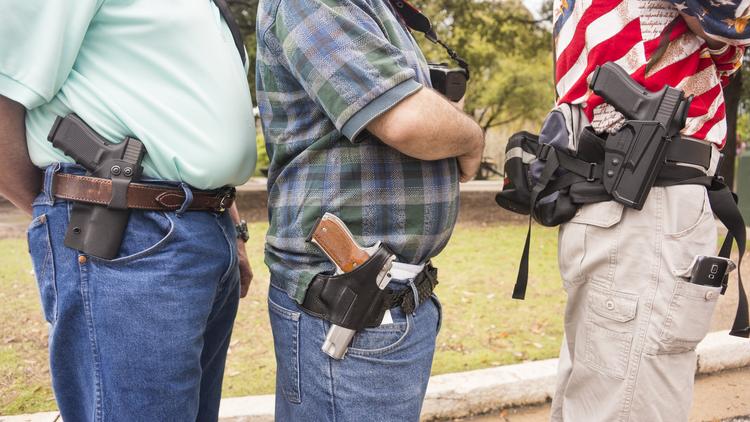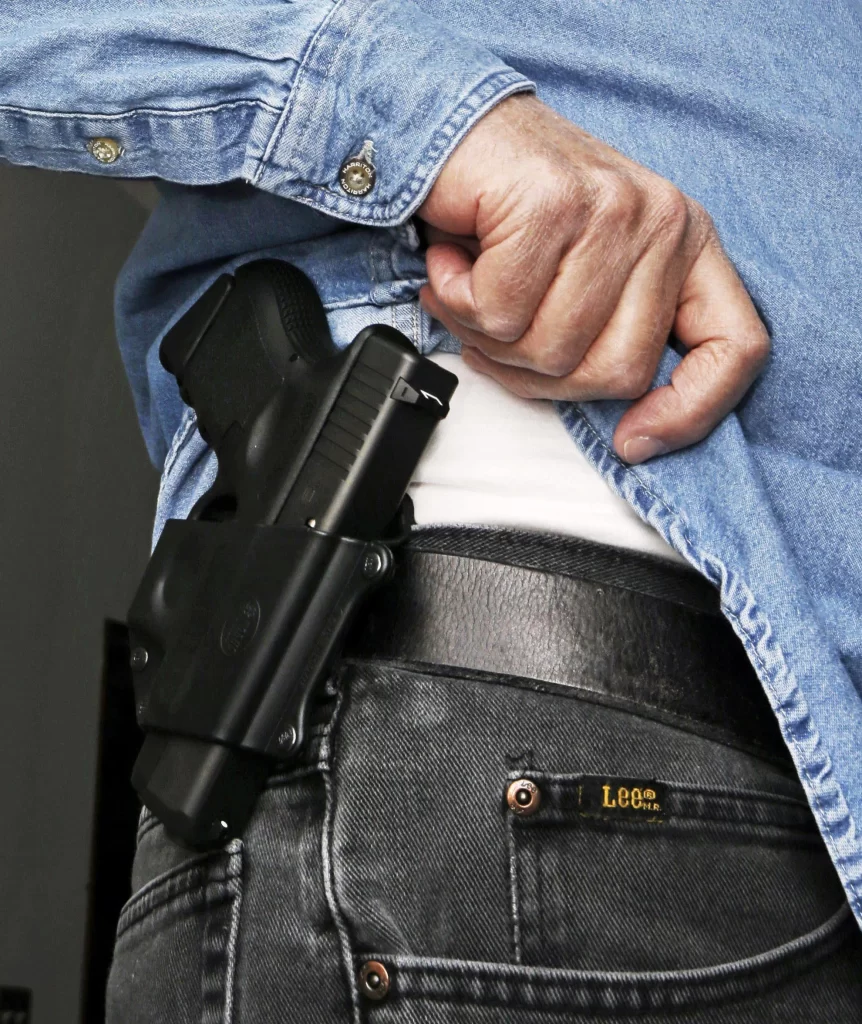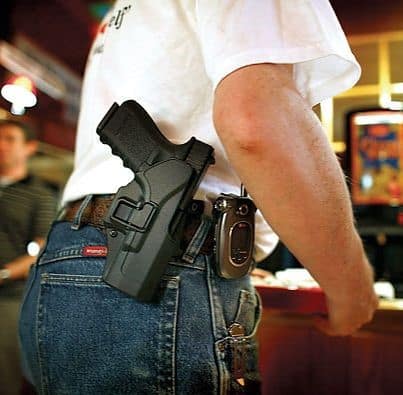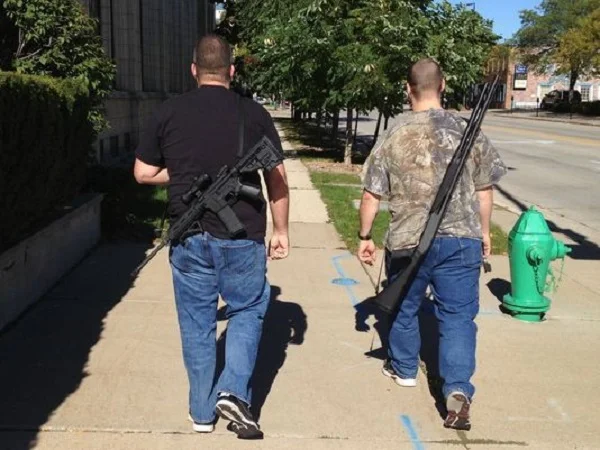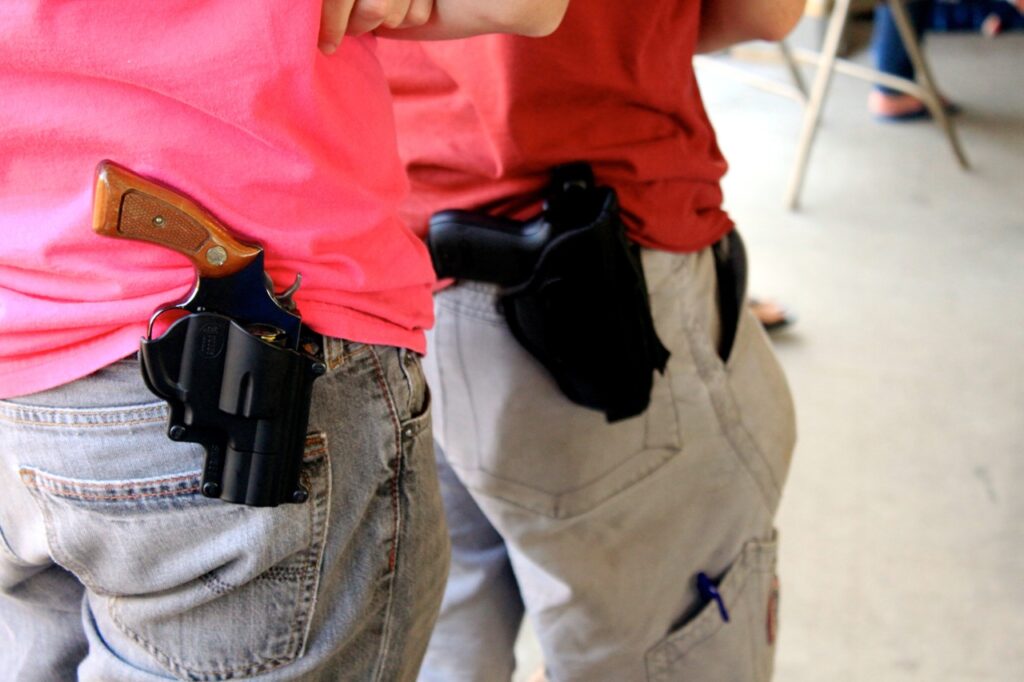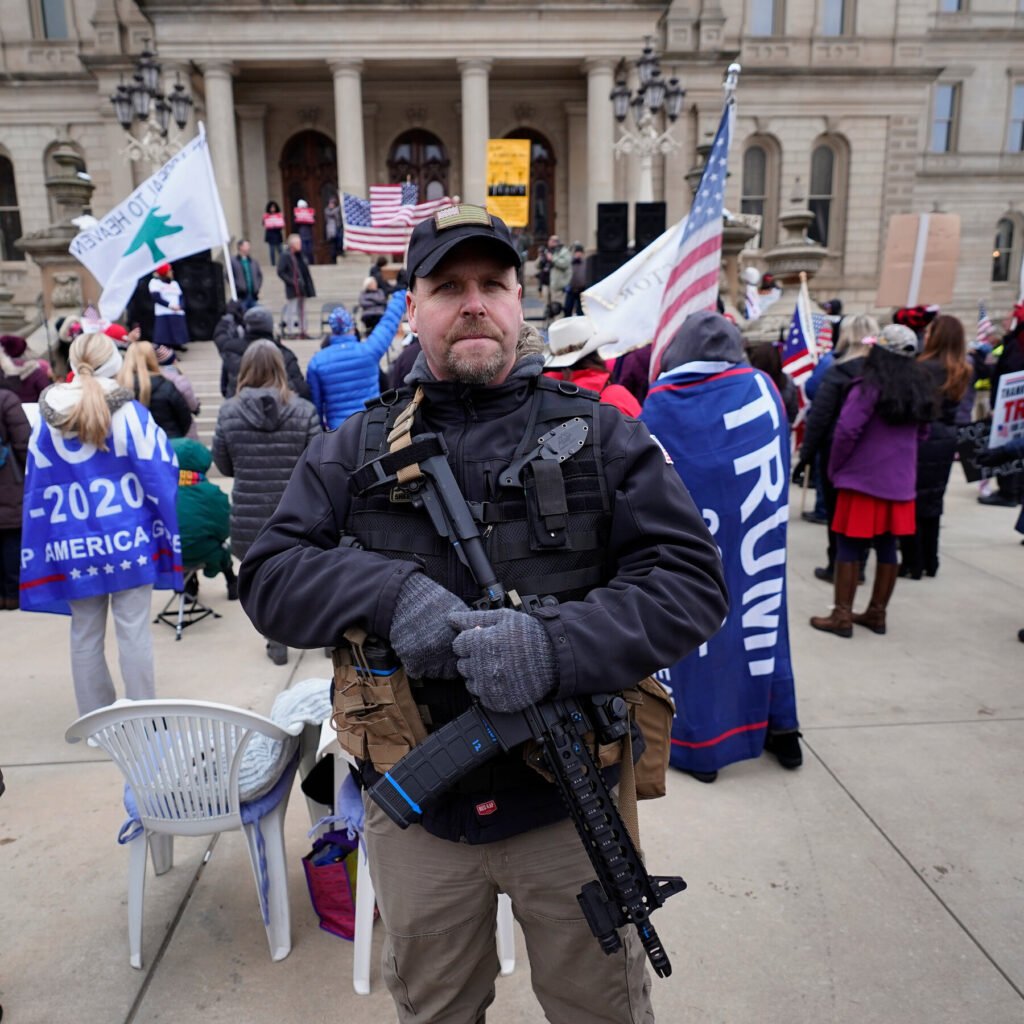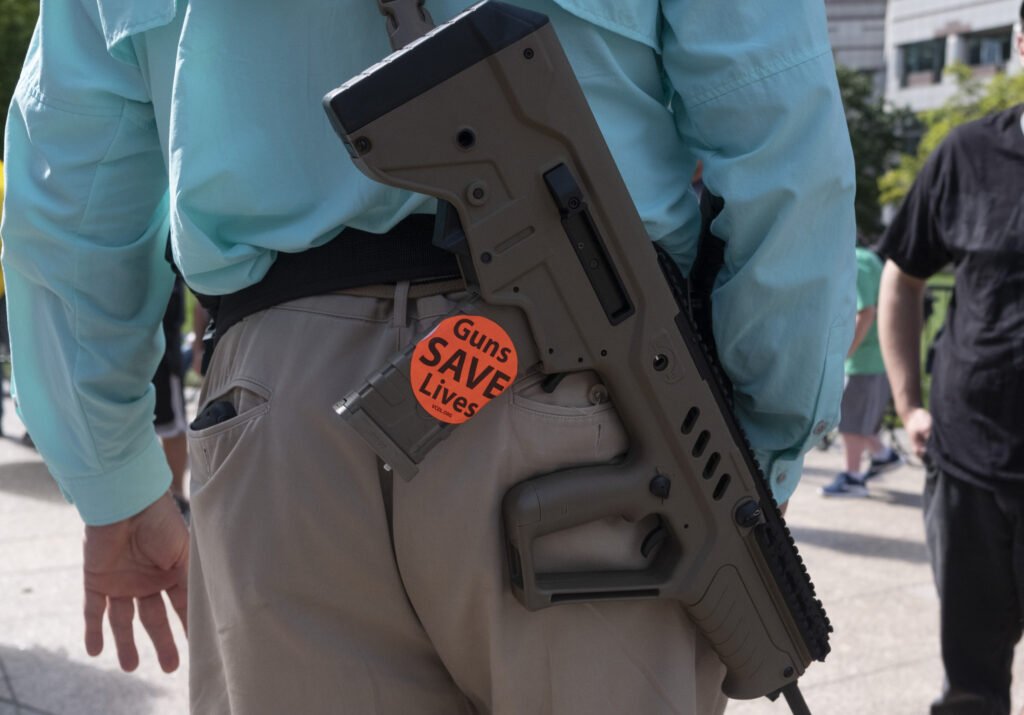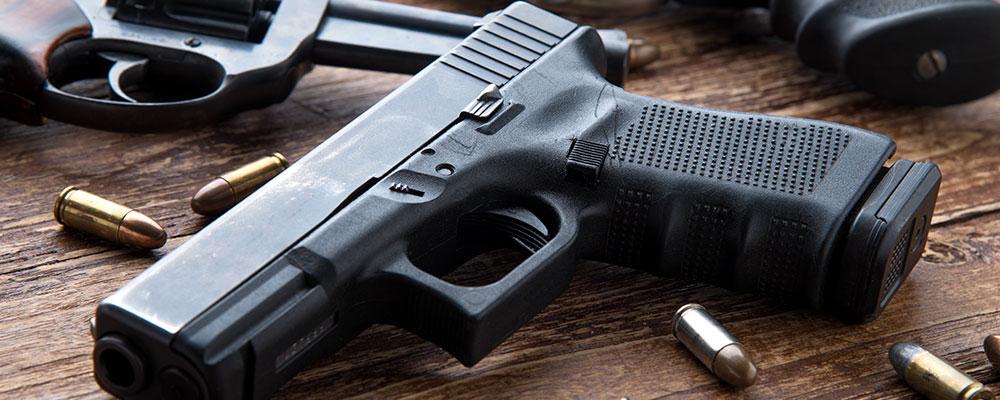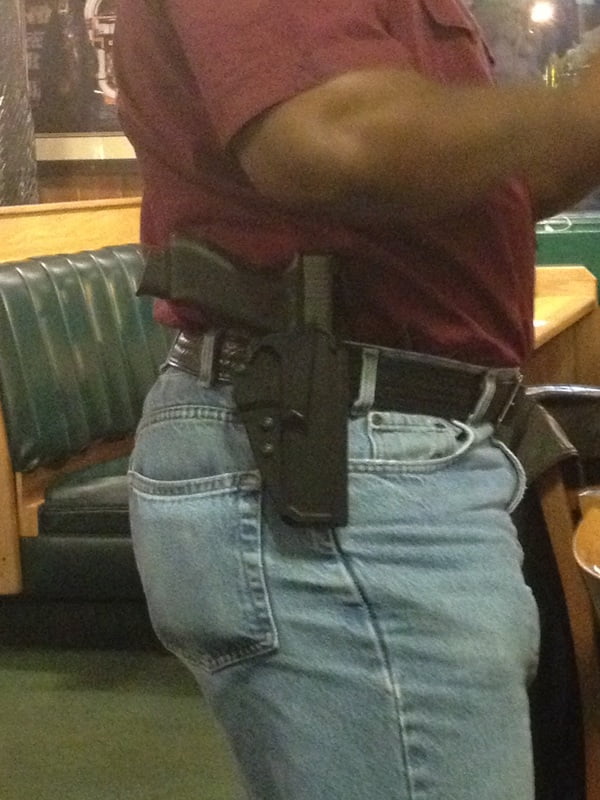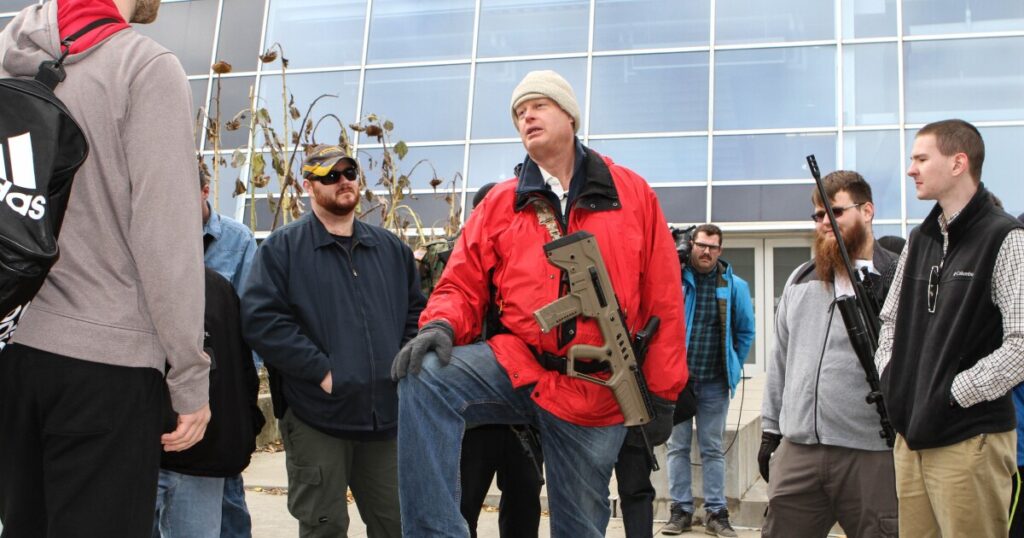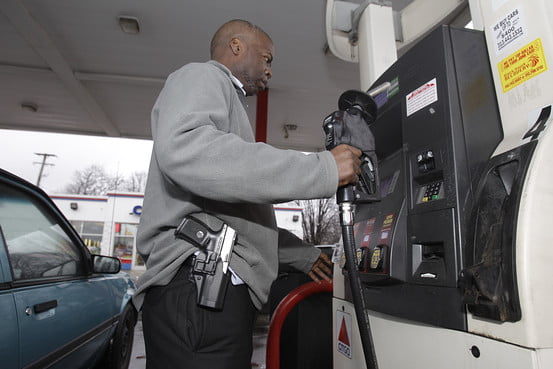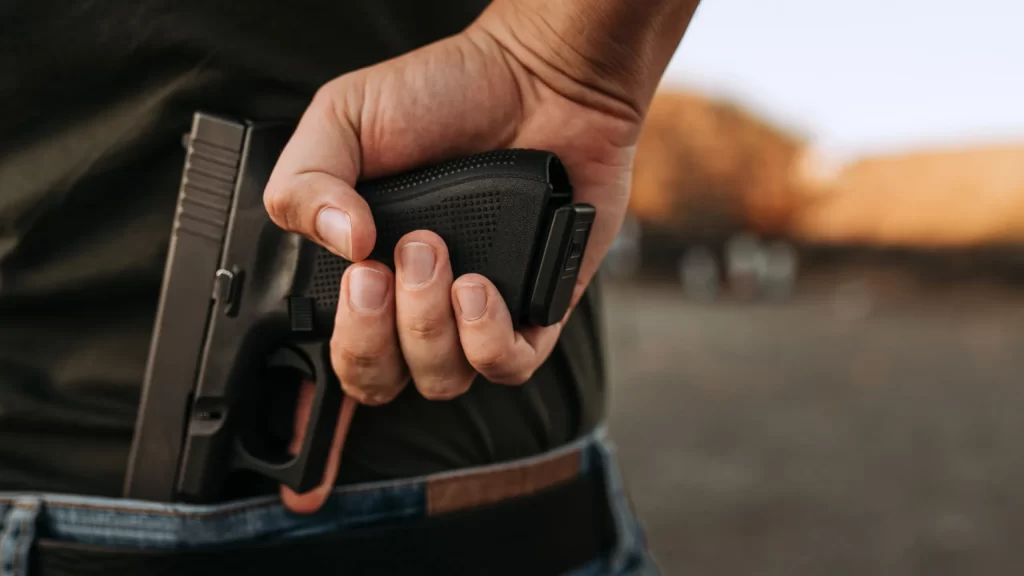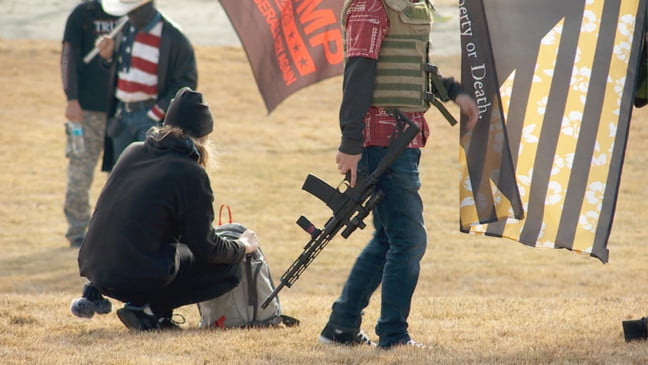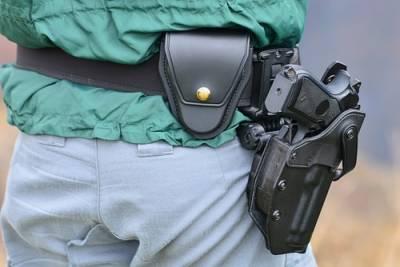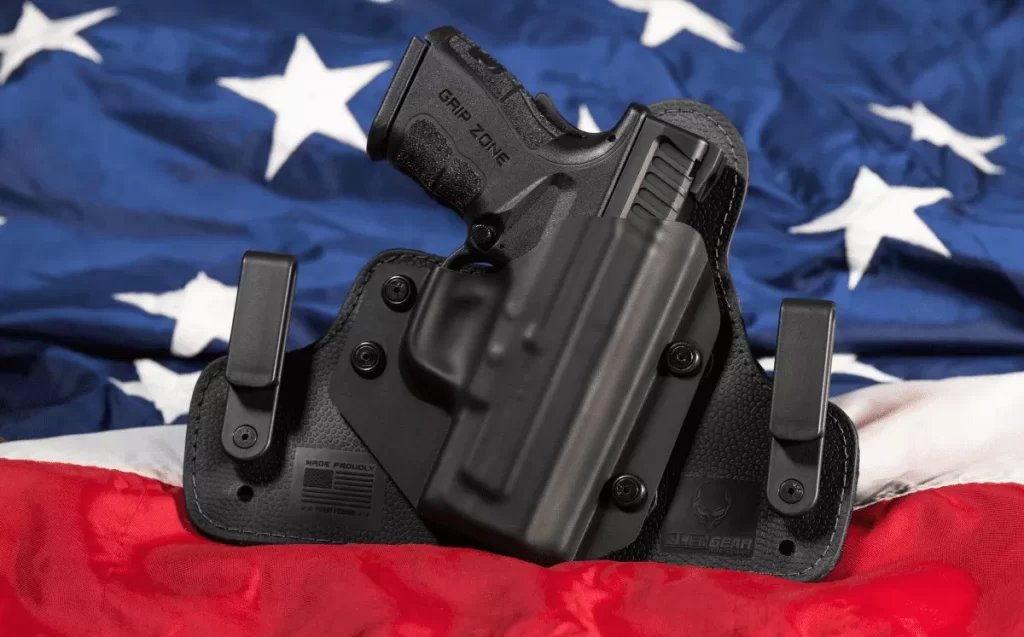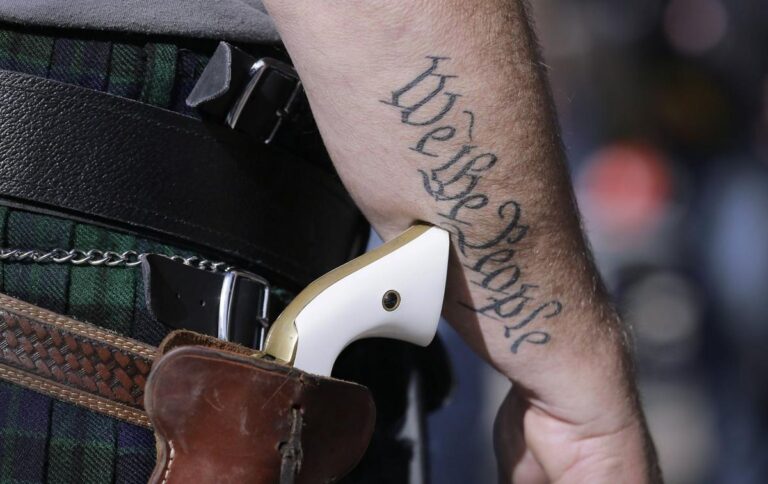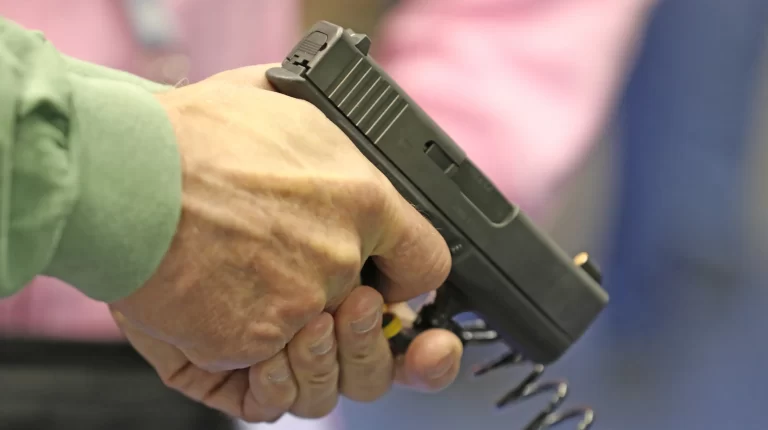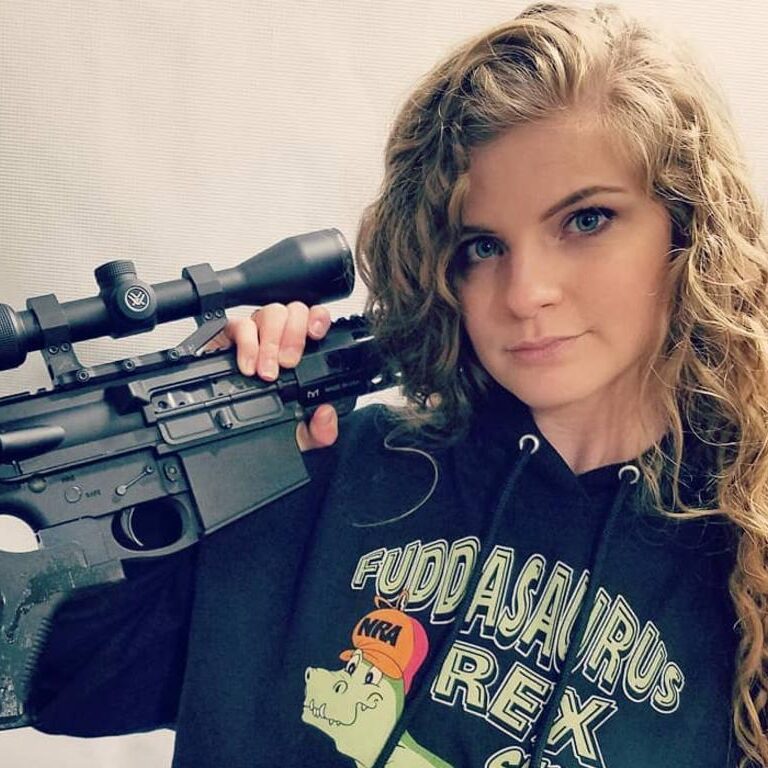Open Carry
America is a truly unique governmental experiment in the history of human civilization. It guarantees its citizens the right to life, liberty, and the pursuit of happiness. These rights, known as The Bill of Rights, are considered inalienable and cannot be taken or surrendered.
Among these rights, the Second Amendment has been a topic of significant controversy and debate. It grants the right of the people to keep and bear arms, raising questions about open carry laws and the role of both state and federal governments in regulating firearms.
What Is Open Carry and What Does It Mean?
Open carry refers to the practice of visibly carrying a firearm openly in plain sight in the public domain. However, each state has its interpretation of what constitutes open carry. In some states, even a portion of a weapon visible in public may be considered open carry, while others require the entire weapon to be shown.
Carrying a firearm openly in your hand is not considered open carry; this act is known as “brandishing” and is considered a serious crime. True open carry involves carrying a firearm in a holster on your side, openly (where legal), with no intent to cause harm.
Open Carry Categories
Open carry laws in the United States vary from state to state and can be broadly categorized into five groups:
1. Permissive Open Carry
In states with permissive open carry laws, all federally legal gun owners are allowed to open carry without a license or permit, with very few exceptions. These states also permit open carry via motor transportation.
2. Permissive Open Carry with Local Restrictions
In states with permissive open carry laws but with local restrictions, gun owners are allowed to open carry within the state’s jurisdiction, except in certain local municipalities where restrictions are in place.
3. Licensed Open Carry
In states with licensed open carry laws, gun owners are allowed to open carry with a state-approved and issued license or permit. With these permits, citizens can have the weapon on their person or in a vehicle openly.
4. Anomalous Open Carry
States with anomalous open carry laws generally have a mixture of legal and illegal open carry regulations, varying depending on the local jurisdiction. This means that the local municipality may have different laws concerning open carry compared to the state law.
5. Non-Permissive Open Carry
States with non-permissive open carry laws prohibit open carry altogether or only allow it in specific instances, such as for hunting or self-defense.
It is essential to recognize that open carry laws for handguns and long guns may differ within the same state.
The History of Open Carry in the United States
The United States has a unique relationship with firearms, which can be traced back to the country’s founding. The Second Amendment was included in the Constitution to protect the individual’s right to possess and carry weapons, especially in the face of potential government oppression. The British attempt to seize firearms from the population before the Declaration of Independence served as a poignant example for the founding fathers.
Throughout much of American history, openly carrying firearms was a cultural norm, and there were no specific laws concerning open carry due to the Second Amendment’s precedence. Only recently have laws been enacted to address open carry explicitly. While concealed carry has been the subject of more legal proceedings, open carry has not been directly addressed by the Supreme Court.
Open Carry Policies by State
As of now, each state in the U.S. has different opinions and regulations regarding open carry. Here’s a breakdown of the current open carry policies by state:
Permissive Open Carry (29 States)
States with permissive open carry laws allow open carry without a permit. Some examples of these states include Alabama, Alaska, Arizona, Arkansas, and Texas, among others.
Permissive Open Carry with Local Restrictions (5 States)
States with permissive open carry laws but with local restrictions include Colorado, Missouri, Nebraska, Oregon, and Pennsylvania. In these states, open carry is allowed except in certain local municipalities.
Licensed Open Carry (11 States)
States with licensed open carry laws require gun owners to have a state-approved permit to open carry. Examples include Connecticut, Georgia, Hawaii, Indiana, and Texas, among others.
Anomalous Open Carry (1 State)
California is the only state with anomalous open carry laws, where open carry regulations vary significantly between rural and urban areas.
Non-Permissive Open Carry (4 States)
States with non-permissive open carry laws, such as Florida, Illinois, New York, and South Carolina, do not allow open carry, even with a permit.
It is crucial for individuals to be aware of their state’s specific laws and regulations regarding open carry.
Conclusion
The Second Amendment’s right to bear arms has been a fundamental aspect of American society since its inception. Open carry, as a subset of this right, has evolved over time and continues to be a topic of heated debate. Understanding the various open carry categories and state regulations is vital for U.S. citizens who wish to exercise their rights responsibly.
If you have any further questions or concerns about open carry laws in your state, we recommend consulting your local law enforcement or legal experts for more information.
FAQs;
Q1- Can I openly carry a firearm without a permit in all states?
No, not all states allow open carry without a permit. Each state has its own set of open carry regulations that must be followed.
Q2- Are there restrictions on where I can openly carry a firearm?
Yes, certain locations, such as schools, government buildings, and private properties, may have restrictions on openly carrying firearms.
Q3- Can I openly carry a loaded firearm in states with permissive open carry laws?
In some states with permissive open carry laws, carrying a loaded firearm openly may be allowed, but it is essential to check your state’s specific regulations.
Q4- Can open carry lead to potential conflicts with law enforcement?
Openly carrying firearms may attract attention from law enforcement, especially in areas where open carry is less common. It’s essential to cooperate with law enforcement and understand the local regulations.
Q5- Is open carry the same as concealed carry?
No, open carry and concealed carry are two different concepts. Open carry refers to visibly carrying a firearm, while concealed carry involves carrying a concealed firearm with a valid permit.
